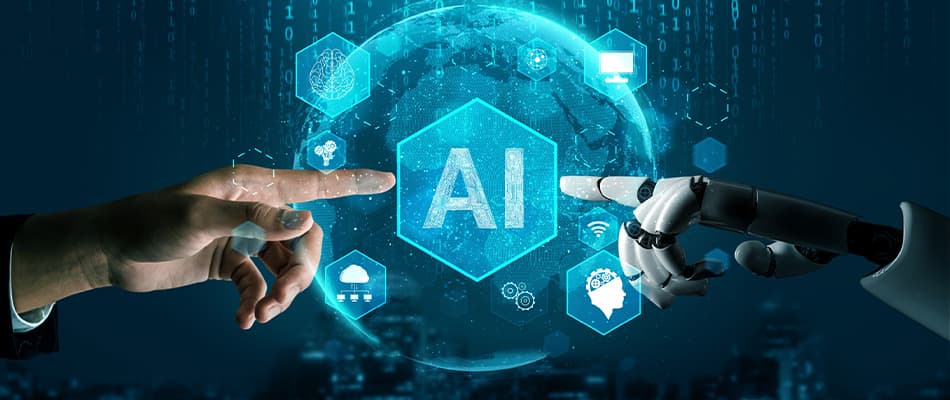Is Python enough for data science?
As a data scientist, you will be expected to manipulate datasets to extract information that will inform decision-making, which means you need to be able to write data-processing scripts and build machine-learning models (Keita, 2022).
Yes, Python, is enough for you to start tackling data science.
What is Python?
This object-oriented programming language, invented in the late 1980s and released in 1991, is one of the four most popular programming languages in the world, the most popular for data science, and is employed by highly successful companies globally (Statista, 2022).
Python was developed by Dutch programmer Guido van Rossum as a high-level language for utility development in operating systems. Its name was inspired by British comedy troupe Monty Python, whose Flying Circus scripts Van Rossum happened to be reading when he implemented the language (Python.org, nd).
With easy-to-learn syntax, it quickly made its way into one of the most in-demand skill sets in the tech sector. It has more than137,000 libraries, most of them tied to the data science domain.
Learning Python is relatively easy compared to other languages. The fundamentals are easily understood through a data science course or certificate programme.
Where Python is used
Python is one of the primary programming languages used in data analytics, and is also:
- Used to develop business applications, from console-based applications to GUI and software development applications;
- Required in many machine learning and artificial intelligence projects;
- Widely used in cybersecurity for host discovery, malware analysis, and other assignments;
- Frequently used in gambling platforms, market index software, stock trading algorithms, and has become a powerful programming language in Web3 technologies like blockchain;
- Excellent for building games, software platforms and web applications (commercial websites like YouTube, Instagram, Netflix and Google depend heavily on Python for back-end development (Bobby, 2023); and
- Popular for game development: Sims 4, Eve Online, and Mount and Blade are examples of games that use Python.
What makes Python ‘enough’ for data science?
Python is a high-level, general- and multipurpose language, among the most widely used for app development and particularly to manage big data.
Because the language focuses on simplicity and readability, Python programmes are smaller than those using other programming languages like Java, requiring fewer strings of code to execute tasks … thus cutting the number of failure points possible, and the time needed for execution.
Python’s simplicity makes it an excellent tool for beginner programmers.

Just what is it that makes Python so popular?
Let’s take a closer look at why Python is regarded as the best programming language for data science.
- It’s stable.
- It’s updated annually.
- It’s easier to learn than other programming languages like R, Java, or C++.
- Using it makes exploring the basics of machine learning easy.
- Designed to carry out repetitive tasks and manipulate data, it is a valuable part of the data analyst’s toolbox.
- It runs in Windows, MacOS, and Linux environments, and is easily be ported to multiple platforms.
- It can be used as an extension language for apps that need programmable interfaces.
- Python is open-source, using a community-based development model, which makes it attractive from cost and ethical perspectives – and it can be used for commercial development.
- Its open-source libraries cover statistics, mathematics, machine learning, data manipulation, data visualisation, natural language processing, and more.
- Python also offers access to a wide variety of robust data analysis and data science libraries, including Pandas, NumPy, SciPy, Stats Models, and Sci-kit-learn, addressing a wide range of needs.
Taking the first step
Once you have mastered Python, you will find it useful to familiarise yourself with additional data analytics and visualisation tools, as well as how to use relational databases such as MySQL (Keita, 2022).
While you could use Tableau or R to create advanced visualisations, you can do the same thing using Python libraries Matplotlib and Seaborn.
Looking for data science course details?
Need exposure to Python, NumPy, Pandas, Matplotlib, Seaborn and other Python libraries for data science? Sign up for one of Digital Regenesys’ data science courses. Getting Python certification is one of the best things you can do, as a new developer, for your career.
Its Basic Data Science course incorporates a module that covers:
- Python installation and configuration;
- Programming basics, data structures, functions, modules and operators;
- Program flow control statements;
- File and exception handling; and
- A Python database connectivity project.
Data science course duration
This course is completed online in 10 weeks.
You’ll find more Digital Regenesys online data course details here.
References:
- Bobby. (2023). What is Python Used for? 4 most popular Python uses.
- Keita, Z. (2022). 5 essential tools to start a career in data science and data analytics.
- Python.org. (nd). Do I have to like Monty Python’s Flying Circus?Statista. (2022). Most widely utilized programming languages among developers worldwide 2022.













